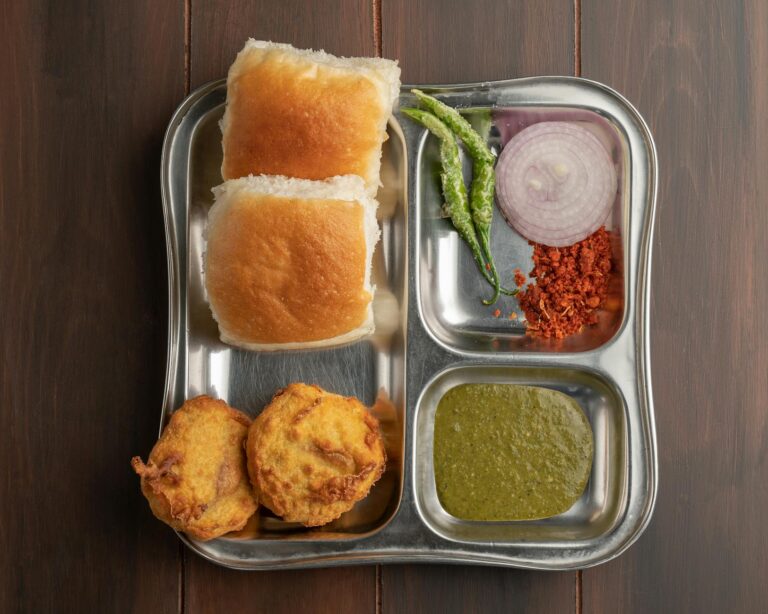India Might Cut Back on Rafale Jets – And France Isn’t Happy
Let’s be real—when India signed that massive deal with France back in 2016 for 36 Rafale fighter jets, everyone called it a game-changer. And it was. But now? Things are looking shaky. Word is, New Delhi’s having second thoughts about ordering more. And here’s the kicker—it’s not just about money. This is about India’s big push to make its own defense stuff, with Tata Advanced Systems (TASL) stepping up to build parts of the Rafale right here at home. But what does this mean for India and France? Let’s break it down.
1. How We Got Here: The Rafale Deal
1.1 The Original Deal (2016)
That 2016 deal was huge—€7.87 billion for 36 jets, customized just for India. Think cold-start engines for those freezing Himalayan altitudes. At the time, it made sense. China and Pakistan were flexing, and India needed to keep up. But fast forward to today, and the mood’s shifted.
1.2 The Navy’s Turn – Or Maybe Not
Earlier this year, France was pushing hard for India to buy 26 more Rafales—this time, the marine version for aircraft carriers. Seemed like a no-brainer, right? But India’s dragging its feet. And with TASL now in the picture, it’s pretty clear why—they’d rather build than buy.
2. Why India’s Backing Off
2.1 The Price Tag Stings
Here’s the thing—each Rafale costs around €200 million. That’s insane money, especially when India’s got a $72 billion defense overhaul in the works. So yeah, they’re rethinking priorities.
2.2 “Make It In India” Isn’t Just a Slogan
PM Modi’s “Atmanirbhar Bharat” push? It’s real. TASL building Rafale airframes isn’t just about saving cash—it’s about learning how to make this stuff ourselves. The goal? Get 75% of defense gear made locally by 2030. Ambitious? Sure. But they’re going for it.
2.3 Homegrown Alternatives Are Coming
India’s got its own projects cooking—the Tejas Mk-2 and the AMCA stealth fighter. The Tejas costs way less ($50 million per jet), and the AMCA? That’s the future. Both fit perfectly with India’s “we can do this ourselves” vibe.
3. Tata’s Big Break – And the Challenges
3.1 TASL’s Moment
Tata Advanced Systems landing the Rafale airframe deal is massive. No Indian private company’s ever done this before. It’s like Dassault’s Egypt playbook—local firms building parts to cut costs.
3.2 Why Local Production Matters
Experts say building parts here could shave 15-20% off costs. Plus, it’s a skills boost—TASL’s Hyderabad facility is already working with giants like Lockheed and Airbus.
3.3 But It Won’t Be Easy
Let’s not sugarcoat it—Dassault’s standards are crazy high. Any delays could mess up India’s defense plans. And some critics say half-localized Rafales might not justify the price.
4. France’s Dilemma
4.1 Why Paris Is Sweating
France isn’t just any supplier—it’s India’s #2 arms dealer. Rafales make up 30% of Dassault’s military exports, and India’s their top customer. Officially, France is playing it cool. Behind closed doors? Not so much.
4.2 India’s Playing the Field
New Delhi’s diversifying—buying F-15EX jets from the U.S., S-400 systems from Russia. France is still a key partner (those submarine deals prove it), but India’s putting itself first.
5. What’s Next for India’s Fighter Jets?
5.1 Betting on Homegrown Tech
The Tejas Mk-2 should roll out by 2027, the AMCA by 2030. HAL and private players like TASL are leading the charge. But let’s be honest—India’s indigenous projects don’t exactly have a great track record for timeliness.
5.2 A Possible Middle Ground
India might still buy more Rafales—but only if France agrees to local assembly and tech transfers. The real dealbreaker? Whether France shares engine tech like the Safran M88.
The Bottom Line
This isn’t just about jets. It’s about India telling the world—and France—that it’s done writing blank checks. The “Make in India” push is real, and if France wants to stay in the game, it’ll have to adapt. The next few years? They’ll redefine how India balances self-reliance with global partnerships. And honestly? It’s about time.
Source: Navbharat Times – Default












